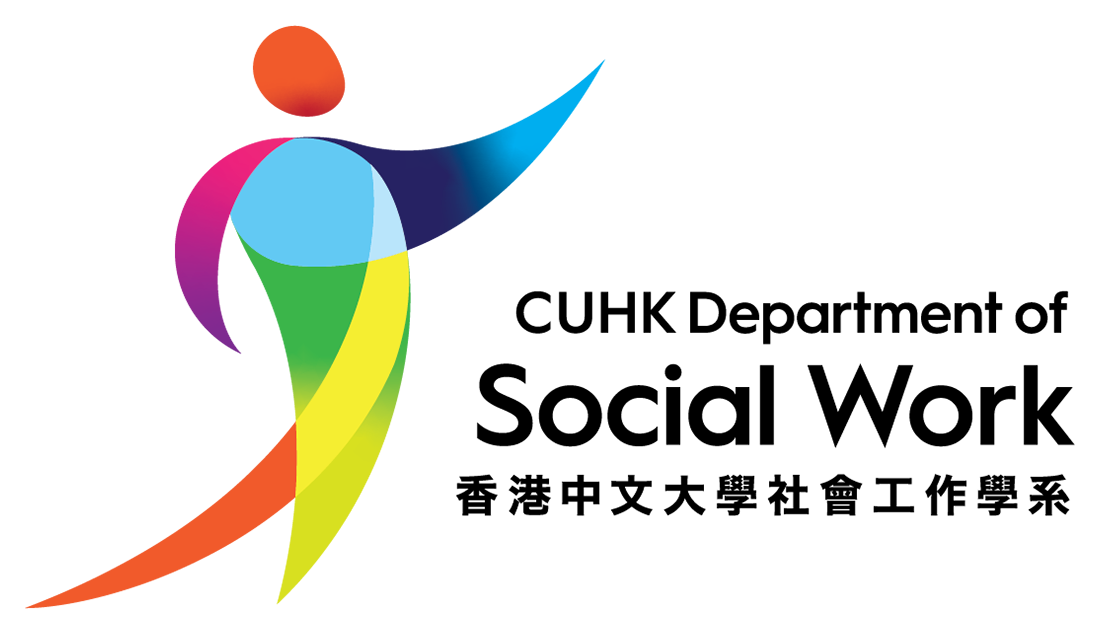3 Units
The number of socially disadvantaged people, particularly individuals with disabilities, aged, newly arrived immigrants, ethnic minorities and homeless people, has been increasing rapidly. There are different attitudes towards these socially disadvantaged groups: discrimination, avoidance, sympathy, acceptance and understanding. The course reviews how these attitudes were constructed socially and spread in our society. The course aims to promote students’ reflection and to enhance their understanding on the causes and livelihood of the socially disadvantaged. Experiential learning opportunity such as community visits, community education projects with involvement of the disadvantaged groups in social change are means to be employed to facilitate students’ learning and to achieve the goal of empowerment. Related community resources and methods to improve the well-being of the disadvantaged group will also be discussed. This course is inter-disciplinary in focus, emphasizing social, cultural, historical, and geographical aspects of exclusion and marginalization. Theories of social exclusion, social justice, social construction etc. will be introduced.






